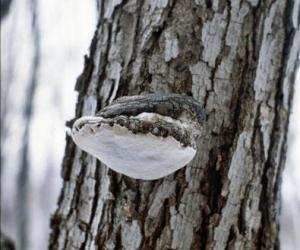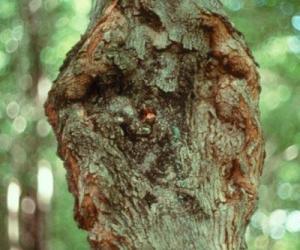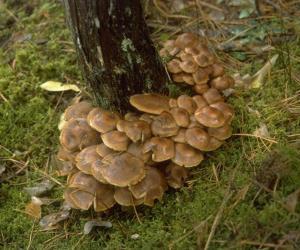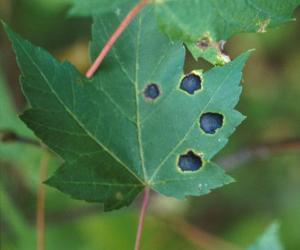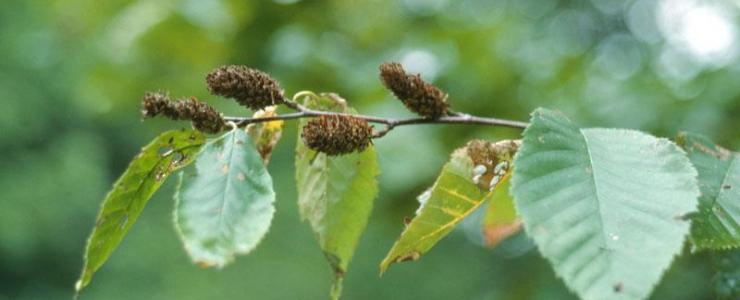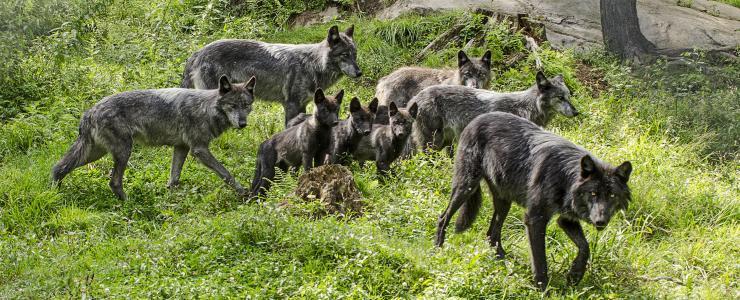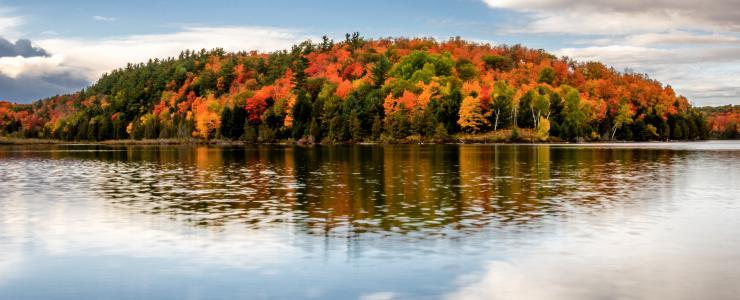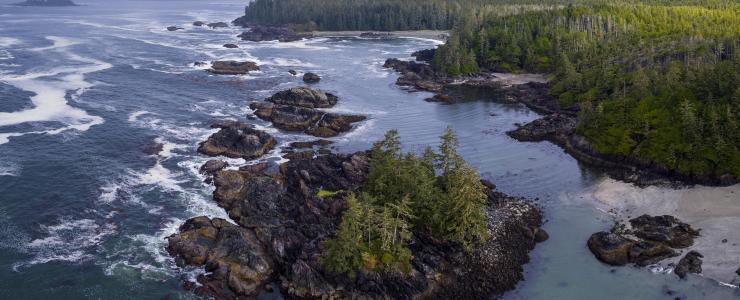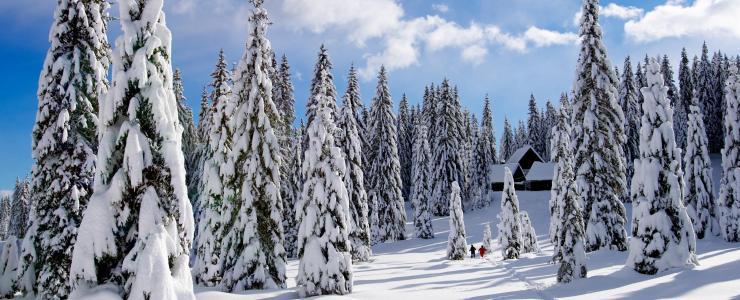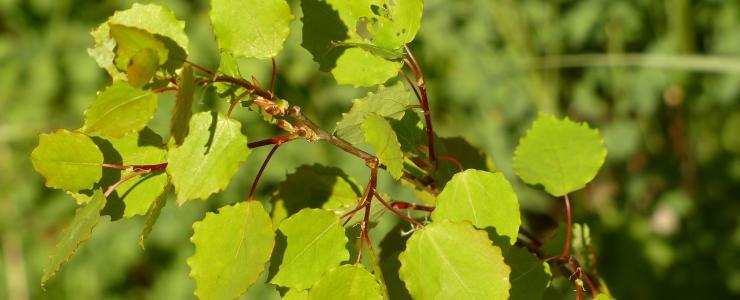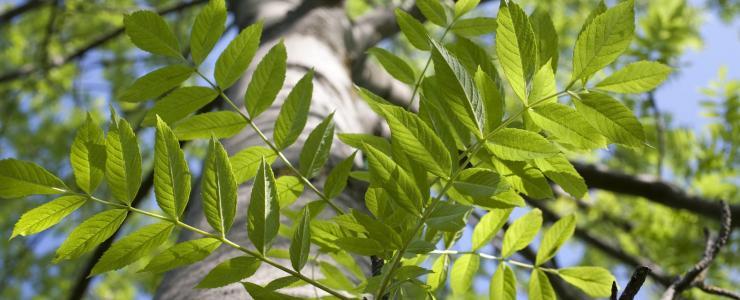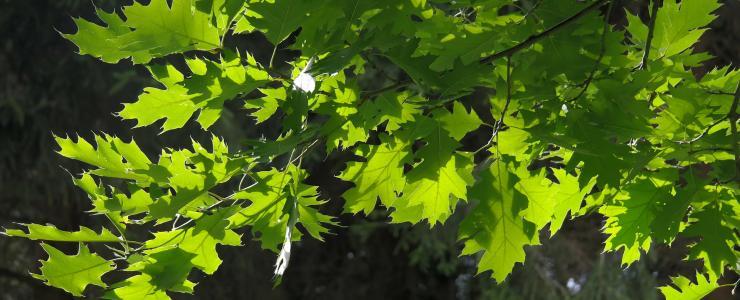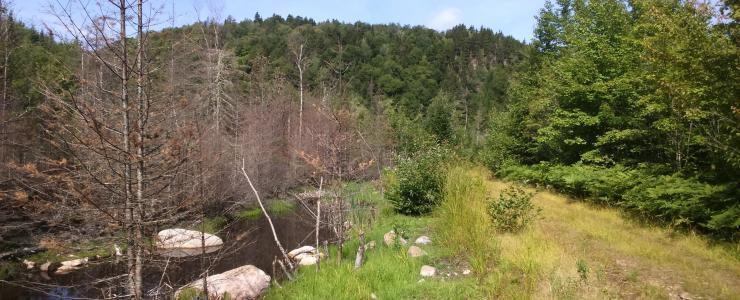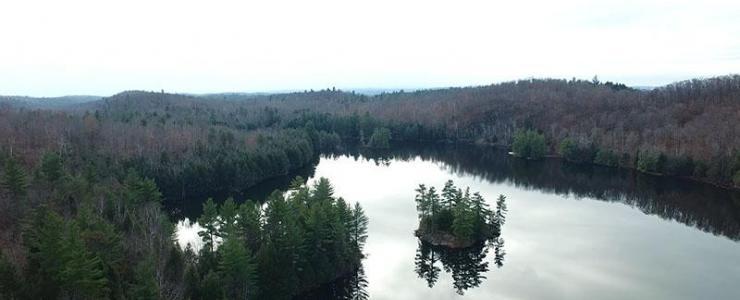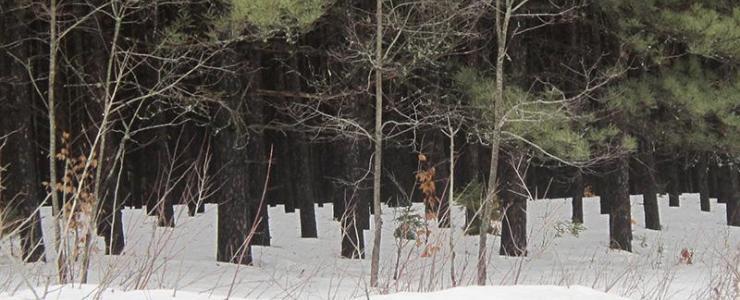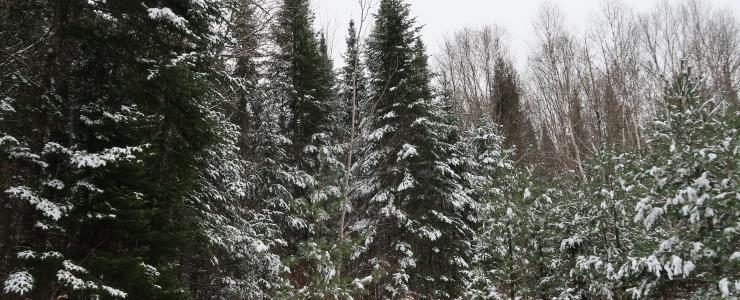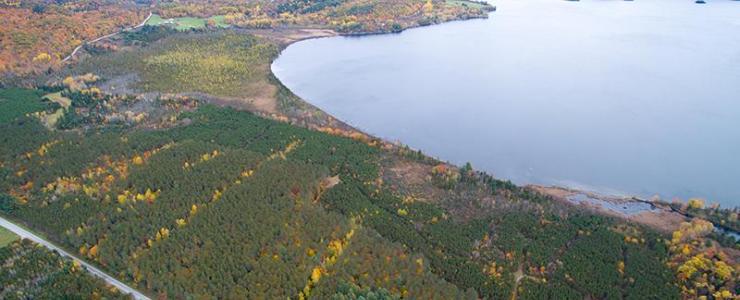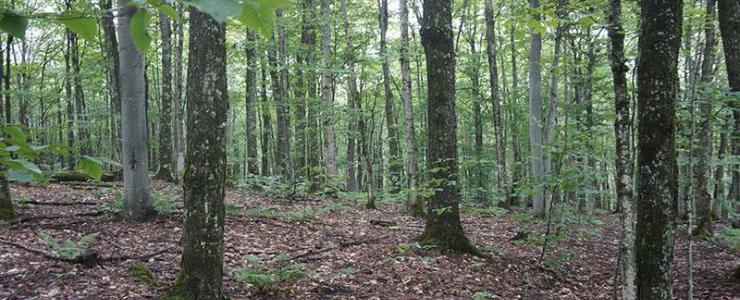Sugar maple
Recognizing the sugar maple
Sugar maple is recognized by:
- Its brown shaggy bark which changes color with age.
- Its leaves with five palmate lobes, dark green in color on the outside and a lighter green underneath. In fall, they turn red, orange or yellow.
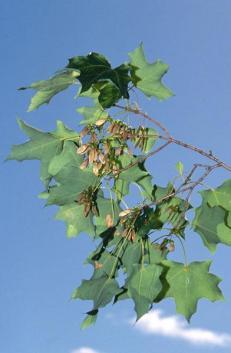
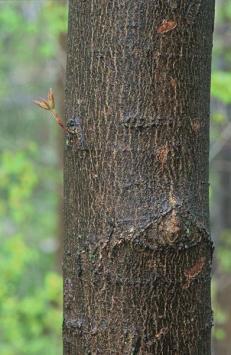
(Photos: Natural resources Canada, Canadian forest service)
Sites favored by the sugar maple
Temperatures
The average annual temperature required by sugar maple is 2.2°C. It is a heliophilous species but tolerates light shade.
Rainfall
Annual rainfall: 1,200 mm. Can be planted up to 1,000Â m altitude. One of the least sensitive species to windthrow
Soils
Deep, fertile, damp, well-drained soils (with a certain limestone content).
Root development of the sugar maple
- Deep, well-spread roots
Growth and production of the sugar maple
- Slow growth. Maximum age: 200 years.
- The trees are only exploited for their maple syrup after 40 years’ growth. It takes around 40 liters of water to produce 1 liter of syrup.
Sugar maple wood
Furniture production, flooring, agricultural implements, veneer, cutting boards and a range of other products; also used for general construction work.
This species is also a great source of firewood (slow-burning and very calorigenic.
Health
